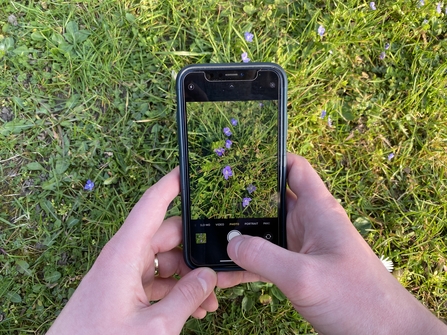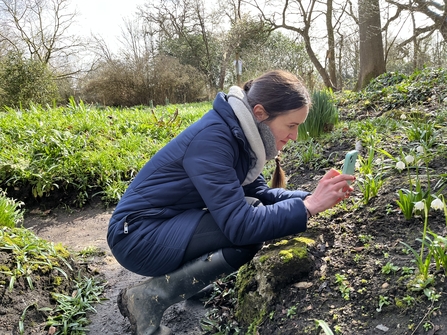Last year, Essex Wildlife Trust and The University of Essex launched a new citizen science project, The Essex BioBlitz, with the aim of capturing data on how climate change is impacting our local environment.
This year, Essex Wildlife Trust and the University of Essex are urging the public to take part again, from 31 March – 30 September, to continue this data collection.


